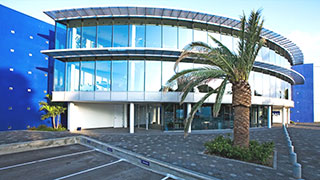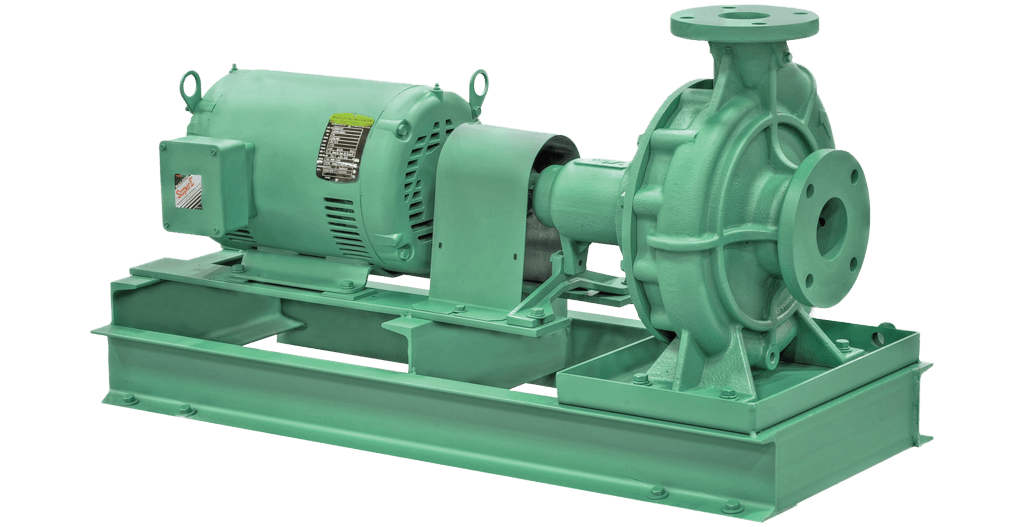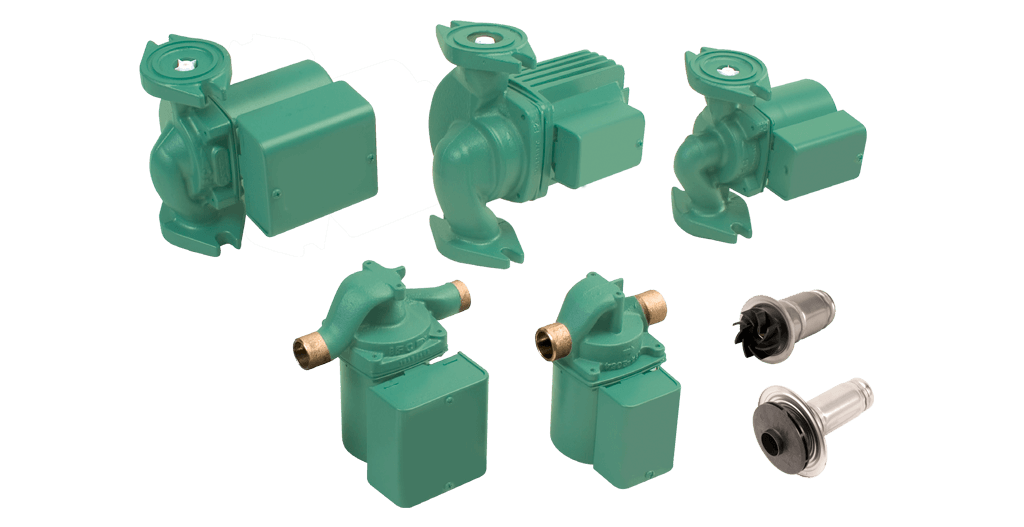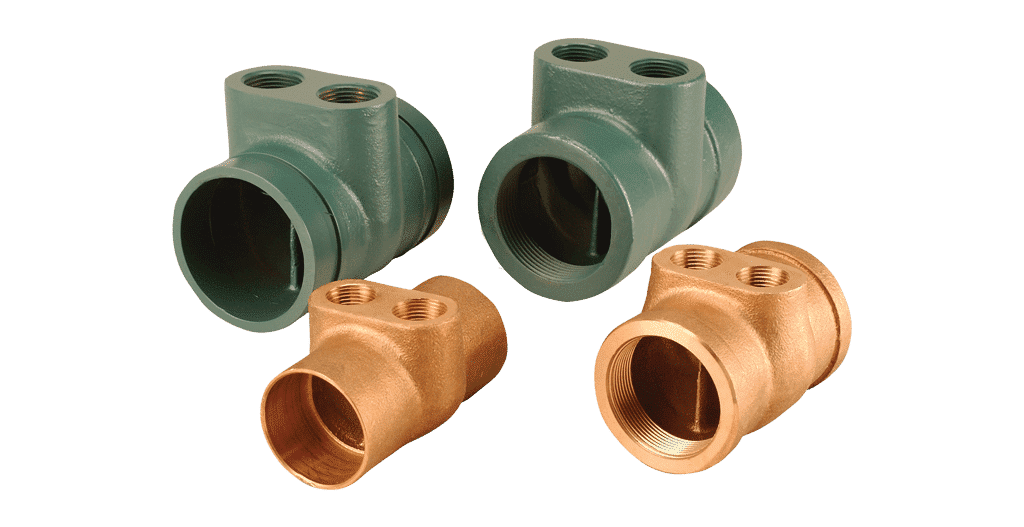KPMG Office Building
Case Study
KPMG Office Building
Curacao, Netherlands Antilles
– Case Description
Henk Soeterboek, former engineering director for Omni B.V., a local mechanical engineering and installation !rm in Willemstad on the island of Curacao in the Netherlands Antilles, believes he has designed the most energy e”cient new building on the island – the KPMG building. A recent analysis by KPMG revealed that the company’s energy use is no more for the new, 30% larger building equipped with a Taco LoadMatch® system than it was for their previous, smaller building.
Summary
Completed in 2007, the three-story KPMG office building is kept cool by an HVAC system Soeterboek designed which includes a Taco LoadMatch® single pipe system. “It’s super comfortable,” says Soeterboek of the building, despite the island’s tropical high humidity climate. In addition to LoadMatch from the U.S., the building’s internationally-supplied HVAC system includes Daikin chillers (Belgium), Solid Air distribution supply grills (The Netherlands), Thermocore cold water pipe (U.S.), Carrier modular air handlers (Brazil), and ASI Controls for the building management system (U.S).
In keeping with KPMG’s global presence (offices in 148 countries) Omni B.V. decided to specify the best equipment available from world class suppliers located in different countries.
Main components used were:
- • Taco LoadMatch system from the U.S.
- • Daikin chillers from Belgium
- • Helpman condensers from the Netherlands
- • Carrier modular air handlers from Brazil
- • ASI Controls for the BMS system from the U.S.
- • Solid Air distribution supply grills from The Netherlands
- • Thermacore cold water pipe from the U.S.
When KPMG, the global audit, tax and advisory services firm, approached Omni. B.V. for a new building to house some 200 of its accountants and tax advisors on the island, it asked for an innovative HVAC system that would save on energy, be quiet in operation, meet precise indoor comfort conditions, and be a Green Building.
The most critical requirement – and the most challenging – was for the building to consume as little energy as possible. That’s because tropical Curacao has some of the highest electricity rates in the world: almost 65 cents per kWh for commercial customers, after a recent 25 cent kWh increase charged by the local power and water utility Aqualectra. Humidity is a major factor in keeping any building on the island of Curacao comfortable for inhabitants, as humidity averages about 70% relative humidity. Outside climate conditions place a very high load on the island’s air conditioning systems, especially fresh air requirements. Relative humidity in the KPMG building was an upfront concern for Omni B.V. because of dynamically changing water temperatures –the temperature cascade –experienced by the LoadMatch system. Careful selection of the Carrier air handling units for the KPMG building was required due to the relative humidity requirements, and heat recovery equipment was a must – not only for relative humidity but for energy savings as well.
LoadMatch has a proven track record of maintaining very comfortable relative humidity levels even in very humid climates, like Florida and Louisiana, so concerns about the temperature cascade with the LoadMatch system have been unequivocally answered. With proper sizing of the cooling coils to account for the cascade, and system diversity from one installation to the next, humidity levels in LoadMatch-equipped buildings have been very good.
“After careful analysis and support from Taco,” says Soeterboek, “we were convinced that humidity problems were not going to be a major issue with the LoadMatch system.”
Omni’s engineers had heard about the LoadMatch system and read about installations using Load- Match and were impressed with the system. Omni also learned that Taco provides extensive front-end design support. According to Soetberboek, Taco provided “super support” to him throughout the project.
Taco’s LoadMatch system is selfbalancing, combining a single pipe hydronic system (with a decoupled secondary piping circuit to each terminal unit) with circulators for zone control, providing the required flow to all heating/ cooling units in a building at all times. LoadMatch eliminates the need for most control and balancing valves, reduces first costs of installation (about 30% less pipe is needed), and uses smaller, more efficient LoadMatch circulators to save energy. As a result, lower pump head and less horsepower are required to move water through the building loop.
Products
FI Series Base-Mounted End Suction Pumps
LoadMatch® Circulators
LoadMatch® Twin-Tee® Fittings
LoadMatch® System
Final Result
According to Henk Soeterboek, the LoadMatch distribution system has been an unqualified success, and there has been no need to balance any water flows. In fact, when measured after the initial first nine months of operation the building remained right on design specifications. Soeterboek and his colleagues have been extremely pleased with the results.
“Since system start-up the building has remained uniformly comfortable and load shifting from one side of the building to the other side takes place without any complaints, “ he reports.
Omni B.V.has been closely monitoring the building’s indoor comfort levels during the hottest months of the year. The building total COP is +/- 3.1,taking into account all additional loads like the 13 air handler motors at 3.0HP each, the building management system and the 13 LoadMatch circulators at 1/2HP each. Total building fresh air is +/- 14,000 m3/hr.(8400CFM),of which 72% is recovered by the Daikin-supplied VAM heat recovery system.
“We would highly recommend the Taco LoadMatch system to anyone that is energy conscious, as we had to be, and concerned about first costs,” says Henk Soterboek. “Taco did a great job for us.”
Henk Soeterboek, former engineering director for Omni B.V.






